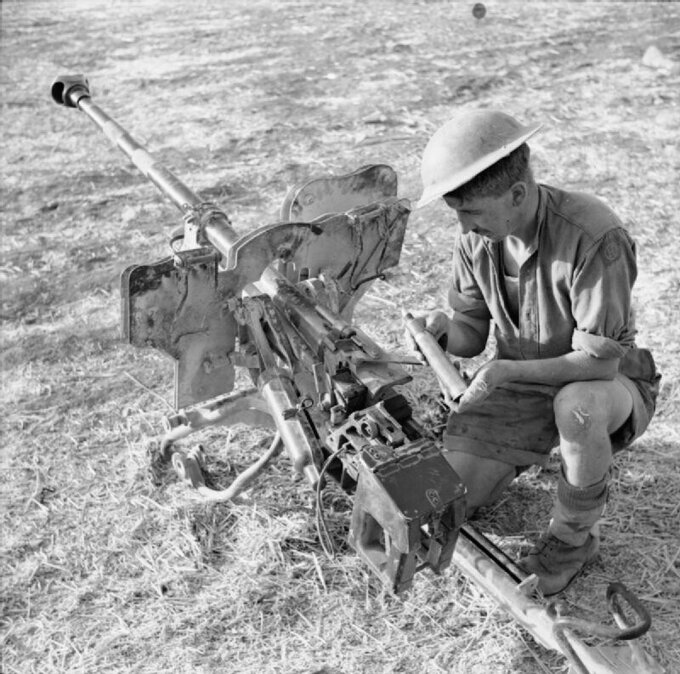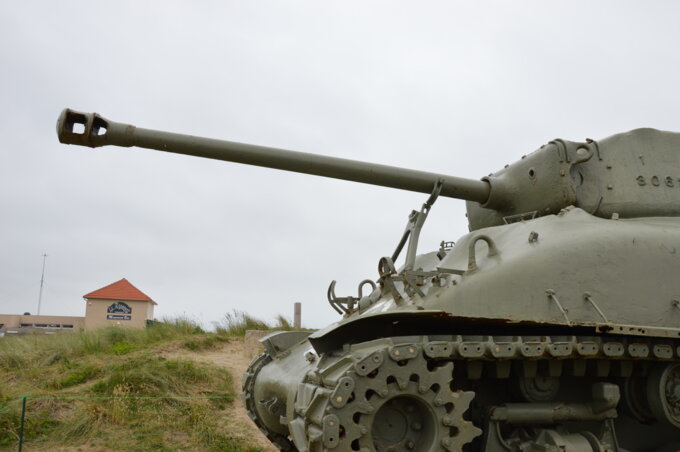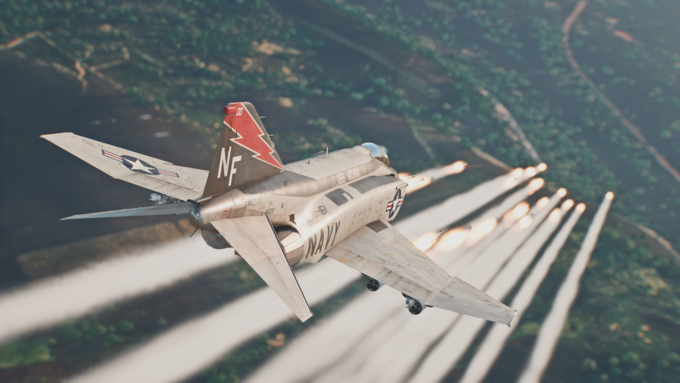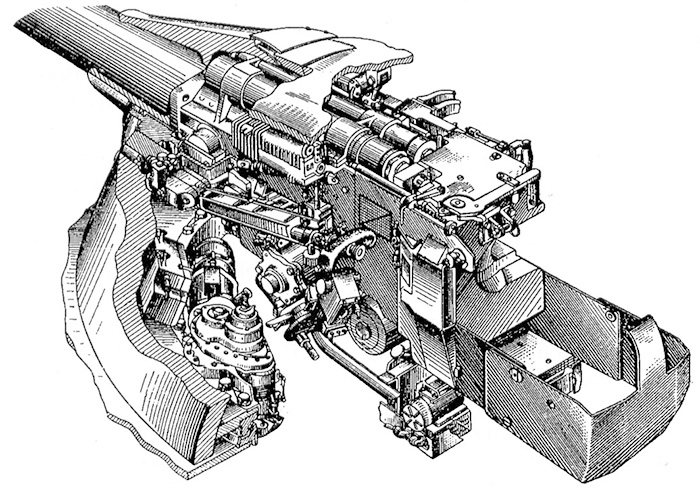Guns
The MS-24, after having been built in 1942, was assigned to the units of the 2nd Squadron, destined to participate in operations in the area of the Sicilian Channel. She was deployed to Sicily on 28 April 1943, leaving Marsala with her twin MS-34, and went to rescue the crew of the torpedo boat RN Climene, torpedoed by an enemy submarine off Marettimo, managing to save 40 sailors.
Launched on June 18, 1942, CRDA at Monfacone, built and commissioned on June 24, 1942, was assigned to the 2°Squadriglia, transferred to bases in the Sicilian Channel in late July 1942, in the same month specifically on the 12th and 13th participated in operations against the British convoy bound for Malta during the Battle of Mid-August, on the night of August 13, 1943, MS-31, under the command of Lt. Calvani, was in an ambush south of Ras Mustafa, which had intercepted a signal to discover MS-22, found an enemy formation just south of Kelibia, was spotted by enemy ships and retreated only to later attack from 700 meters with torpedoes, the targets whose torpedoes were fired were a destroyer and a steamer, the only target to be hit being the steamer Glenorchy which sank soon after.
Retaining a lethal enough anti-tank weapon while maximizing mobility proved troublesome in World War II as tank armor increased in an arms race among the belligerents. As the different countries researched better ways of shrinking strong anti-tank power into a man-portable format, one of Germany's concepts took an innovative approach with the application of the "squeeze-bore" weapon to produce a high-velocity rifle at a smaller caliber yet just as capable of punching through tank armor. The s.Pz.B.41 is the result and armed many German soldiers and armored fighting vehicles like the Sd.Kfz.221 in War Thunder, but was such a weapon worth the squeeze?
While 1 mm more doesn't appear so much in size when comparing 75 mm to 76 mm, the Americans managed to make that one extra 1 mm impress with extra firepower boost against tanks during World War II. While the weapon was not without controversy on whether it was indeed the right weapon for the war, it proved sufficient in helping American tankers face-off against tougher enemy tanks to win the overall war. This is the story of how that weapon came to be.
The Ballistic Computer is a system found on some modern aircraft and helicopters used to aid the player in the delivery of unguided air-to-ground munitions. There are two key functions of the ballistic computer: Constantly Computed Impact Point (CCIP) and Constantly Computed Release Point (CCRP). CCIP continually calculates where munitions will land and gives the pilot an accurate impact point to aim with. CCRP allows the player to specify an impact point, the ballistic computer will then continually calculate at which point along the player’s flight path munitions will need to be released in order to hit the player’s designated impact point, and will only allow munitions to be released when that point is reached.
The gun stabilizer is a system that improves the tank gun’s aim at the target and preserves (stabilizes) its aim even when the hull vibrates during movement, which allows it to perform effective aimed fire during vehicle movement or when temporarily stopped. This reaction time and accuracy between target detection and effective hit draw the line between life and death in tank warfare. Read more about the gun stabilizers in the article.



